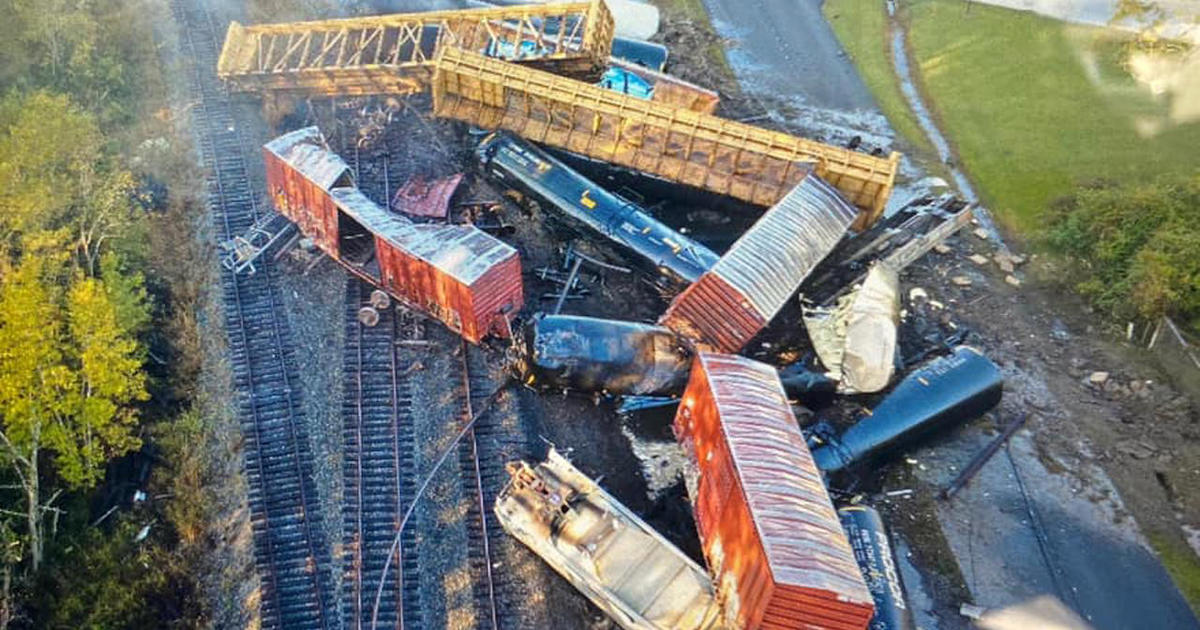Introduction to Train Derailment and Their Impact
All aboard, the journey through the intricate process of managing a train derailment! From the initial chaos to the meticulous cleanup, join us as we delve into the world of railway mishaps and discover what it takes to restore order along the tracks. Strap in, folks – this ride is bound to be bumpy!
Initial Emergency Response and Investigation
Train derailment are chaotic events that require immediate action. When a derailment occurs, the initial emergency response is crucial in ensuring the safety of those involved and mitigating further damage. Emergency services rush to the scene to assess the situation and assist any injured individuals.
The investigation begins as soon as possible to determine the cause of the derailment. Experts meticulously examine factors such as track conditions, train speed, mechanical issues, or human error. Gathering evidence and analyzing data are vital in understanding what led to the incident.
Collaboration between various agencies is critical during this phase, with local authorities working alongside railroad companies and relevant organizations. Coordination ensures that all aspects of the derailment are thoroughly investigated and documented for future reference.
Information gathered and analyzed sets the stage for developing a comprehensive cleanup plan tailored to address specific challenges posed by each unique situation.
Assessing the Damage and Formulating a Cleanup Plan
When a train derailment occurs, the first step is to assess the extent of the damage. This involves evaluating not only the physical destruction but also potential environmental impacts.
Experts carefully examine the affected area, considering any hazardous materials involved in the derailment. A comprehensive cleanup plan can be formulated once a clear picture of the damage is established.
The cleanup plan must consider safety protocols, resource availability, and environmental regulations. It needs to address both immediate concerns and long-term remediation efforts.
Collaboration between multiple stakeholders is crucial in developing an effective cleanup strategy. Coordination with local authorities, emergency responders, and environmental agencies ensures a unified approach to managing the aftermath of a train derailment.
By assessing the damage promptly and formulating a well-thought-out cleanup plan, responders can mitigate risks and expedite recovery efforts for impacted communities.
Challenges Faced in Cleanup Efforts
When managing a train derailment, the cleanup efforts can be incredibly challenging. One of the main obstacles faced during this phase is the sheer scale of the wreckage and debris that needs to be cleared. The twisted metal, spilled cargo, and potentially hazardous materials require careful handling and disposal.
Moreover, environmental factors such as weather conditions can further complicate cleanup operations. Rain or snow can hinder progress and create additional safety risks for workers on-site. Additionally, accessing remote or hard-to-reach areas where a derailment may have occurred adds another layer of difficulty to the cleanup process.
Coordinating with various stakeholders, including local authorities, emergency responders, railway companies, and environmental agencies, is crucial but can also present challenges in terms of communication and decision-making. Each party may have differing priorities or regulations that must be navigated effectively during cleanup efforts.
Overcoming these challenges requires meticulous planning, teamwork, expertise in hazardous material handling protocols, and a commitment to prioritizing safety at every step.
Collaboration with Local Authorities and Environmental Agencies
Collaboration with local authorities and environmental agencies is crucial when a train derailment occurs. Working together ensures that the response efforts are coordinated and effective. Local law enforcement can help secure the area, manage traffic disruptions, and support evacuating nearby residents if necessary.
Environmental agencies play a crucial role in assessing potential impacts on the surrounding ecosystems and water sources. Their expertise helps develop strategies to minimize environmental damage and protect wildlife habitats. By working hand-in-hand with these agencies, cleanup efforts can be carried out in a way that prioritizes both public safety and environmental preservation.
Effective communication between all parties involved is essential for successful coordination. Regular updates on progress, challenges faced, and evolving priorities ensure everyone is on the same page. This collaborative approach maximizes efficiency and minimizes risks during the cleanup process following a train derailment.
The Importance of Proper Disposal and Remediation Techniques
When managing a train derailment, the importance of proper disposal and remediation techniques cannot be overstated. After the damage assessment, it’s crucial to have a well-thought-out plan for safely removing hazardous materials and contaminants from the site.
Utilizing advanced technologies and equipment, such as vacuum trucks and chemical neutralization agents, ensures that cleanup efforts are effective while minimizing environmental impact. Proper disposal methods must adhere to regulations set by local authorities and environmental agencies to prevent further harm to ecosystems and communities.
Additionally, remediation techniques like soil excavation or groundwater treatment helps restore the affected area to its pre-derailment state. By prioritizing proper disposal and remediation practices, we can safeguard public health and protect our environment for future generations.
Lessons Learned from Previous Train Derailment
Train derailment have served as valuable learning experiences for railway operators and emergency response teams. One key lesson learned is the importance of regular maintenance and inspection of tracks, signals, and equipment to prevent potential issues that could lead to derailments.
Another crucial takeaway from past incidents is the need for effective communication and coordination among all involved parties during the initial response phase and the cleanup process. Clear lines of communication can help streamline efforts and minimize delays in addressing the aftermath of a derailment.
Additionally, previous accidents have highlighted the significance of having well-trained personnel equipped with proper safety protocols and tools to handle hazardous materials that may be released during a derailment. Adequate training can enhance response capabilities and reduce risks associated with environmental contamination or public health concerns.
By studying past train derailment, stakeholders can continuously improve their preparedness strategies, response tactics, and mitigation plans to enhance safety measures for future incidents.
Conclusion: Ensuring Safe and Efficient Management of Train Derailment
Ensuring the safe and efficient management of train derailment is a complex process that requires coordinated efforts from various stakeholders. From the initial emergency response and investigation to assessing the damage, formulating a cleanup plan, and collaborating with local authorities and environmental agencies, every step plays a crucial role in mitigating the impact of such incidents.
By learning from past derailments, implementing proper disposal and remediation techniques, and addressing the challenges faced during cleanup efforts, we can work towards minimizing environmental damage and ensuring public safety. All involved parties need to stay informed about best practices in managing train derailment to handle such emergencies effectively.
Proactive planning, swift action, clear communication among all involved parties, and adherence to safety protocols are critical factors in successfully managing train derailment. By prioritizing these aspects in our approach to handling such incidents, we can strive towards reducing risks associated with train accidents while safeguarding people’s well-being and the environment.








Leave feedback about this